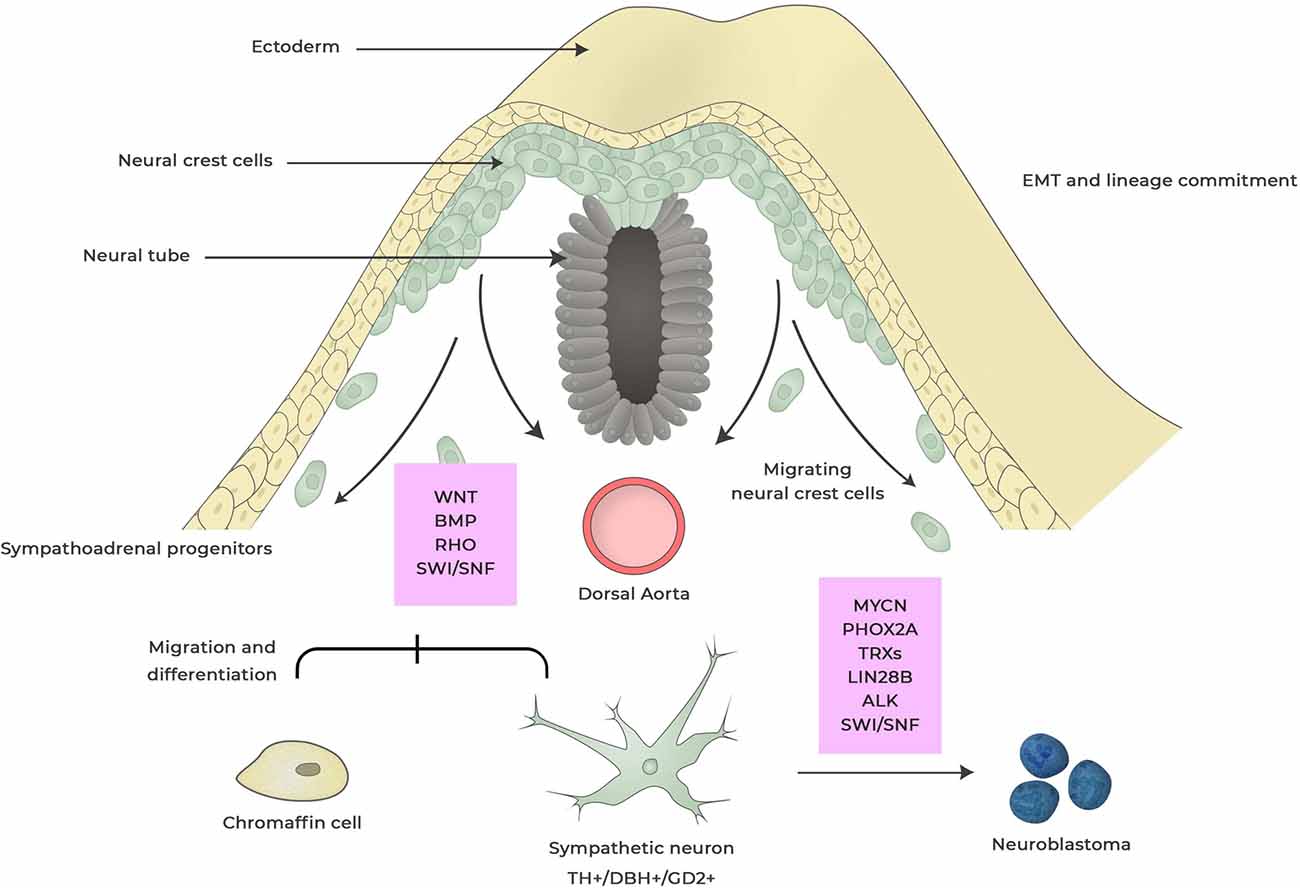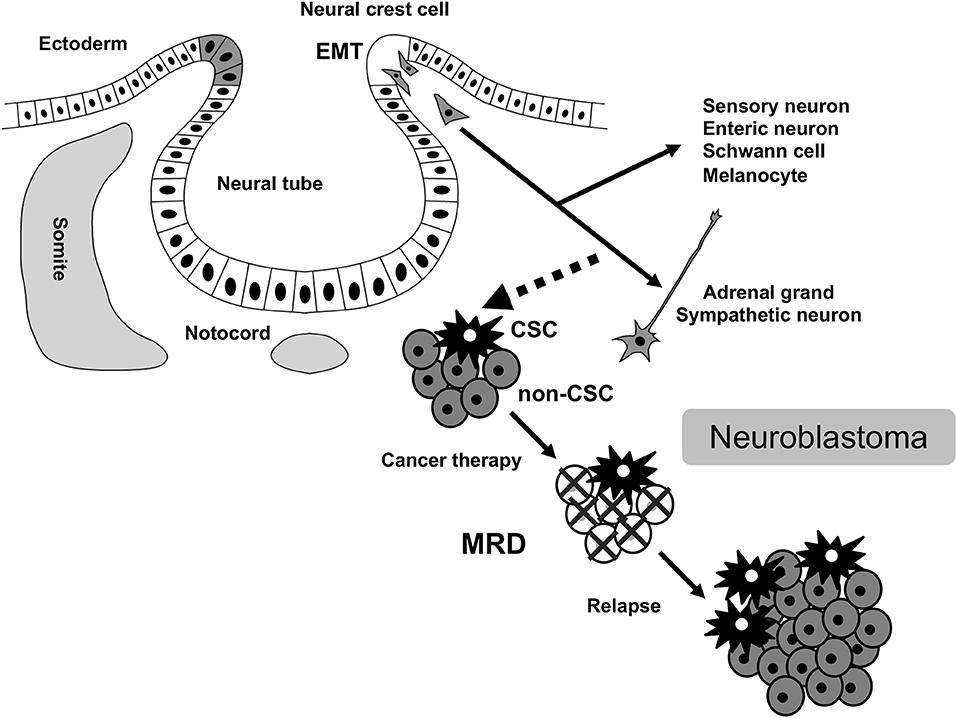Neuroblastoma, often abbreviated as NB, is a type of cancer that primarily affects children. It originates in certain types of nerve tissue and is most commonly found in infants and young children. This guide aims to provide a comprehensive overview of this condition, covering its causes, symptoms, diagnosis, treatment options, and ongoing research efforts.

Understanding Neuroblastoma
Neuroblastoma is a form of cancer that arises from immature nerve cells, typically located in the adrenal glands situated on top of the kidneys. However, it can also develop in other areas where nerve cells are present, such as the chest, neck, or spine. The disease is unique because it has the potential to either regress spontaneously or progress aggressively, depending on various factors.
What Causes Neuroblastoma?
The exact cause of neuroblastoma remains unknown, but researchers believe it begins with genetic mutations in the early stages of fetal development. These mutations lead to uncontrolled growth of nerve cells, forming tumors. While environmental factors have not been definitively linked to the development of this cancer, some studies suggest that inherited genetic predispositions may play a role in certain cases.
Risk Factors for Neuroblastoma
- Age: Most cases occur in children under the age of five, with the highest incidence in infants.
- Family History: A small percentage of cases appear to be hereditary, suggesting a familial link.
- Genetic Mutations: Specific chromosomal abnormalities have been associated with an increased risk of developing neuroblastoma.
Symptoms of Neuroblastoma
The symptoms of neuroblastoma vary depending on the location of the tumor and its size. Because these symptoms can mimic other less serious conditions, diagnosing neuroblastoma can sometimes be challenging. Common signs include:
General Symptoms
- Fatigue and general weakness
- Unexplained weight loss
- Fever without an apparent cause
Symptoms Based on Tumor Location
- Abdominal Tumors: Swelling or a lump in the abdomen, pain, constipation, or difficulty urinating.
- Chest Tumors: Difficulty breathing, coughing, or swelling in the face, neck, or arms.
- Spinal Tumors: Weakness, paralysis, or difficulty walking due to pressure on the spinal cord.
Diagnosing Neuroblastoma
Diagnosing neuroblastoma involves a combination of physical examinations, imaging tests, and laboratory analyses. Early detection is crucial for improving outcomes, so parents and caregivers should seek medical attention if any concerning symptoms arise.
Diagnostic Procedures
- Physical Examination: A doctor will check for lumps, swelling, or other abnormalities during a routine physical exam.
- Imaging Tests: Techniques like ultrasound, computed tomography scans, magnetic resonance imaging, and meta-iodobenzylguanidine scans help locate tumors and assess their size and spread.
- Blood and Urine Tests: These tests measure levels of specific substances produced by tumor cells, such as catecholamines, which can indicate the presence of neuroblastoma.
- Biopsy: A sample of the tumor tissue is removed and examined under a microscope to confirm the diagnosis.
Treatment Options for Neuroblastoma
Treatment plans for neuroblastoma depend on several factors, including the child’s age, the stage of the disease, and whether the cancer has spread. The goal of treatment is to remove or destroy cancerous cells while minimizing damage to healthy tissues.
Surgery
Surgical removal of the tumor is often the first step in treating localized neuroblastoma. In some cases, surgery alone may be sufficient to eliminate the cancer entirely. However, if the tumor is large or has spread, additional treatments may be necessary.
Chemotherapy
Chemotherapy uses powerful drugs to kill rapidly dividing cancer cells. It is particularly effective for high-risk neuroblastoma or when the cancer has metastasized. While chemotherapy can have significant side effects, advancements in supportive care have improved patients’ tolerance to treatment.
Radiation Therapy
Radiation therapy employs high-energy particles to target and destroy cancer cells. It is often used after surgery to eliminate any remaining cancerous tissue or as part of palliative care to relieve symptoms caused by advanced tumors.
Stem Cell Transplantation
In high-risk cases, stem cell transplantation may be recommended. This procedure involves collecting and storing the patient’s own healthy blood-forming cells before administering high-dose chemotherapy or radiation. After treatment, the stored stem cells are reintroduced into the body to help rebuild the immune system.
Immunotherapy
Immunotherapy harnesses the power of the immune system to fight cancer. For neuroblastoma, monoclonal antibodies are used to target specific proteins on the surface of cancer cells, enhancing the body’s natural defenses against the disease.
Ongoing Research and Innovations
Research into neuroblastoma continues to advance, offering hope for improved outcomes and new treatment options. Scientists are exploring novel therapies, refining existing approaches, and investigating the underlying biology of the disease.
Targeted Therapies
Targeted therapies aim to interfere with specific molecules involved in the growth and survival of cancer cells. By focusing on these molecular pathways, researchers hope to develop treatments that are more precise and less harmful to healthy tissues.
Genomic Studies
Advances in genomic technology have allowed scientists to identify unique genetic signatures associated with neuroblastoma. Understanding these signatures could lead to personalized treatment strategies tailored to each patient’s specific tumor characteristics.
Clinical Trials
Clinical trials play a vital role in advancing neuroblastoma research. These studies test new drugs, combinations of treatments, and innovative techniques to determine their safety and effectiveness. Participation in clinical trials provides access to cutting-edge therapies and contributes to the broader understanding of the disease.
Supporting Families Affected by Neuroblastoma
A diagnosis of neuroblastoma can be overwhelming for families. Emotional, financial, and logistical challenges often accompany the treatment journey. Fortunately, numerous resources are available to provide support and guidance.
Emotional Support
- Counseling services for both children and parents
- Support groups connecting families facing similar experiences
- Educational materials to help families understand the disease and treatment options
Financial Assistance
- Nonprofit organizations offering grants and scholarships for medical expenses
- Government programs providing aid for families affected by childhood cancer
- Hospital-based social workers assisting with insurance navigation and financial planning
Practical Resources
- Transportation services for travel to and from treatment centers
- Meal delivery programs for families managing busy schedules
- Childcare services for siblings of the affected child





